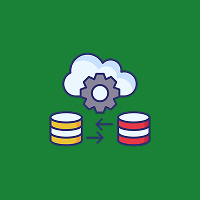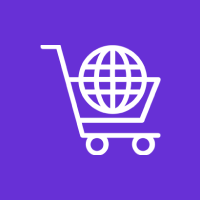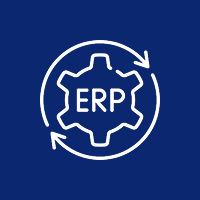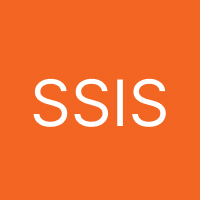Operating an online shop that serves customers from other countries is not entirely about shipping products worldwide. For you to provide the customer with a really convenient shopping experience, you must provide your customer with the ability of shopping in their own native language and paying using their home currency. PrestaShop is one of the popular open-source online store platforms that can easily accommodate global vendors to manage multi-currency and multi-language stores with native functionality.
Why Multi-Language and Multi-Currency Support is Important
Consumers feel more confident and at ease when they can shop on a website in their home language and observe prices in their home currencies. Localization generates confidence, lowers purchase friction, and improves overall user experience. Without them, consumers will hesitate, cart abandon, or even turn to competing retailers that offer a more personalized experience.
Research shows that customers like to shop from websites that address them in their language and specify prices in their currency. It makes costs, shipping fees, and tax less confusing. Further, localized shopping instills credibility into your store, boosts customer loyalty, and encourages repeat orders. In competitive global markets, the ability to support several languages and currencies can spell winning or losing a customer.
Installing Multiple Languages in PrestaShop
PrestaShop facilitates easy installation and handling of multiple languages from the back office. You can easily install language packs that translate your entire store, product descriptions, category names, checkout pages, and automated emails. Apart from easy translations, PrestaShop allows you to individually modify content to make it correct and culturally appropriate, essential to establishing genuine relationships with multicultural crowds.
Additionally, PrestaShop provides support for multilanguage SEO URLs that enable your site to be properly indexed in local searches. Proper usage of hreflang tags informs search engines which content is targeted at which audience to avoid repeated content and increased exposure to local markets.
For online stores selling to multilingual nations or regions, you can even target content by language, like displaying localized offers, season sales, or localized products.
Setting Up Multiple Currencies
Supporting multiple currencies in PrestaShop allows customers to see prices and pay in their native currency. You can allow the currencies you want to support and set exchange rates manually or automatically, with live-updated rates from trusted financial institutions. This keeps your prices competitive and up to date without manual updates each time.
Regional currency formatting and symbols are also facilitated in PrestaShop, preventing ambiguity (e.g., dollar or euro format). Presenting the customer’s native currency eliminates confusion at checkout and decreases cart abandonment. Also, including frequently utilized local payment gateways that accommodate multiple currencies streamlines payment and instills trust.
Best Practices for Handling Multi-Language and Multi-Currency Shops
Regular Updates: Update language packs and currency exchange rates regularly to avoid mistakes and maintain the correctness of prices.
Localized Content: Localize product descriptions, marketing initiatives, promotions, and customer support messages in relation to cultural likes and local trends.
Clear Currency Display: Always clearly display prices in the right currency symbols and formats to avoid confusion.
Test Thoroughly: Test your store’s functionality in all languages and currencies supported on a regular basis to ensure smooth navigation, accurate translations, and accurate pricing.
Optimize SEO: Utilize hreflang tags, metadata localization, and keyword research to optimize your store’s search engine rankings in each target region.
Customer Support: Offer multilingual support channels to serve global customers and establish long-term relationships.
Track Performance: Track user activity and sales by region and language to determine improvement and growth possibilities.
Managing Complications and Complications
Although PrestaShop makes multi-currency and multi-language management easier, international store management introduces complications such as tax law, shipping laws, and payment processes country by country. Enabling regional taxation laws and shipping carriers within your PrestaShop installation prevents legal complications and customer complaints.
Secondly, think about your website and hosting infrastructure performance. Supporting customers globally means that you might be in need of employing Content Delivery Networks (CDNs) and helping to optimize performance in different geographic regions so that you have fast page loads all-around.
Conclusion
Managing a multi-currency and multi-language PrestaShop store helps you reach global markets. It also provides customers with a personalized shopping experience. Using PrestaShop’s native features and localization best practices boosts engagement. This approach increases sales and builds loyalty across different regions. Expanding international for your store is more comfortable, simpler, and quicker when language and currency customization is your top priority.
With planning, continual optimization, and a focus on local needs, you can build an actually global store that both attracts new eyeballs and converts visitors into repeat business—putting your business on the path to long-term international success.
Contact Us Today













 Database Development
Database Development












































